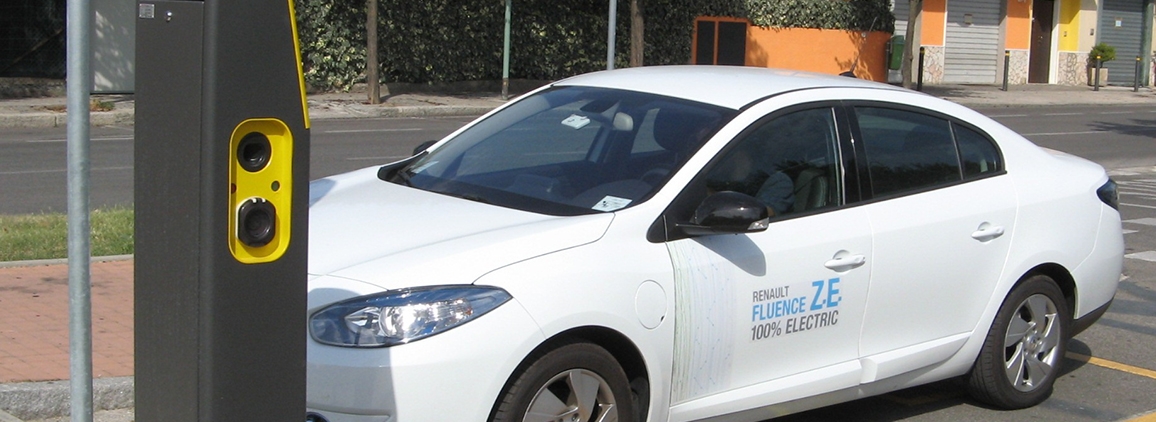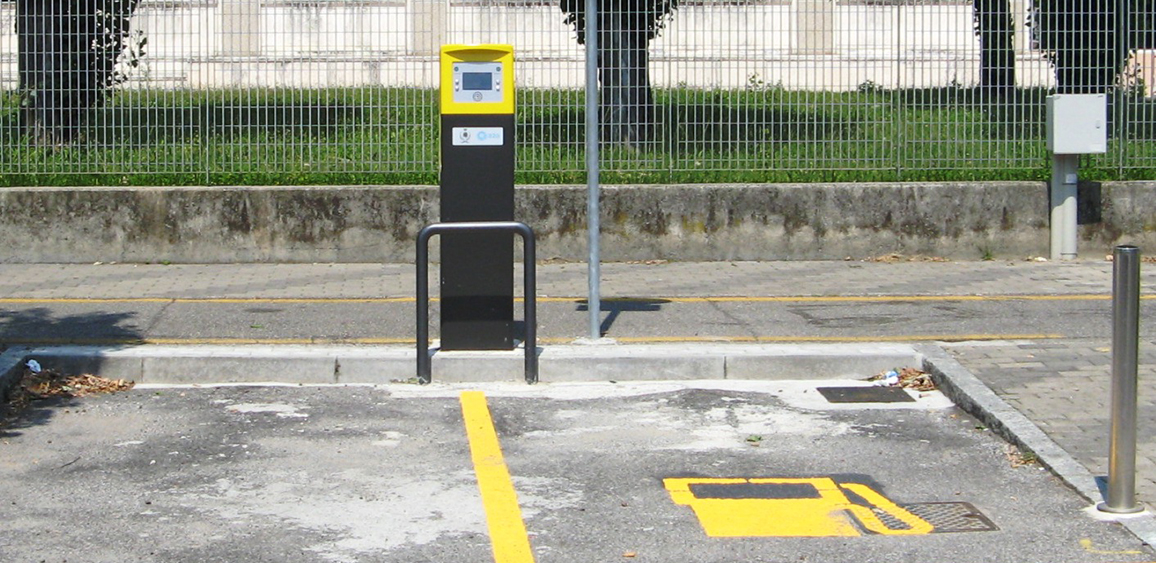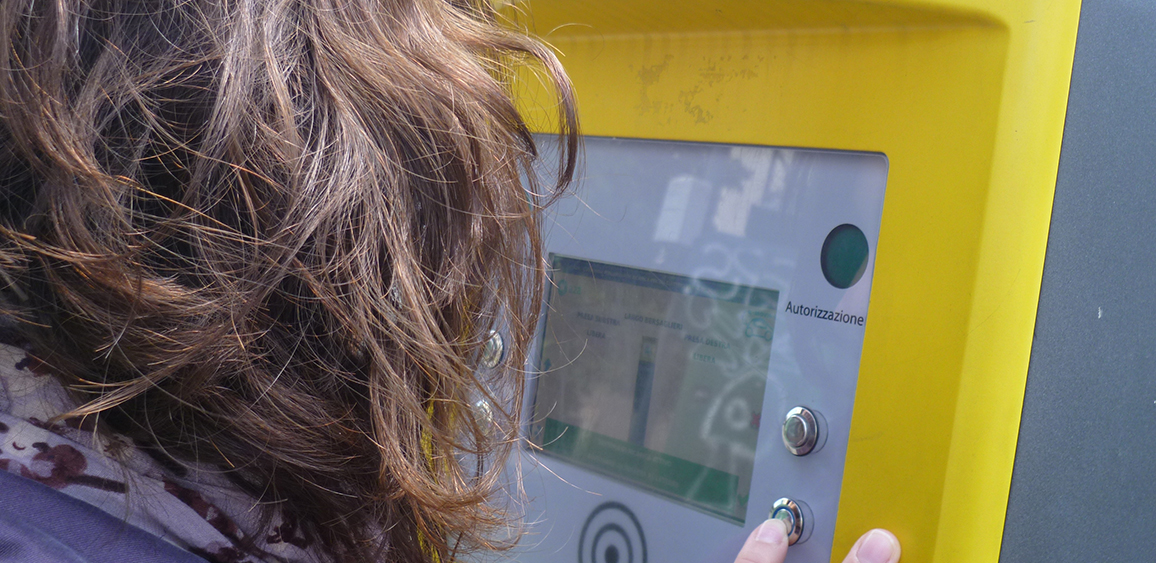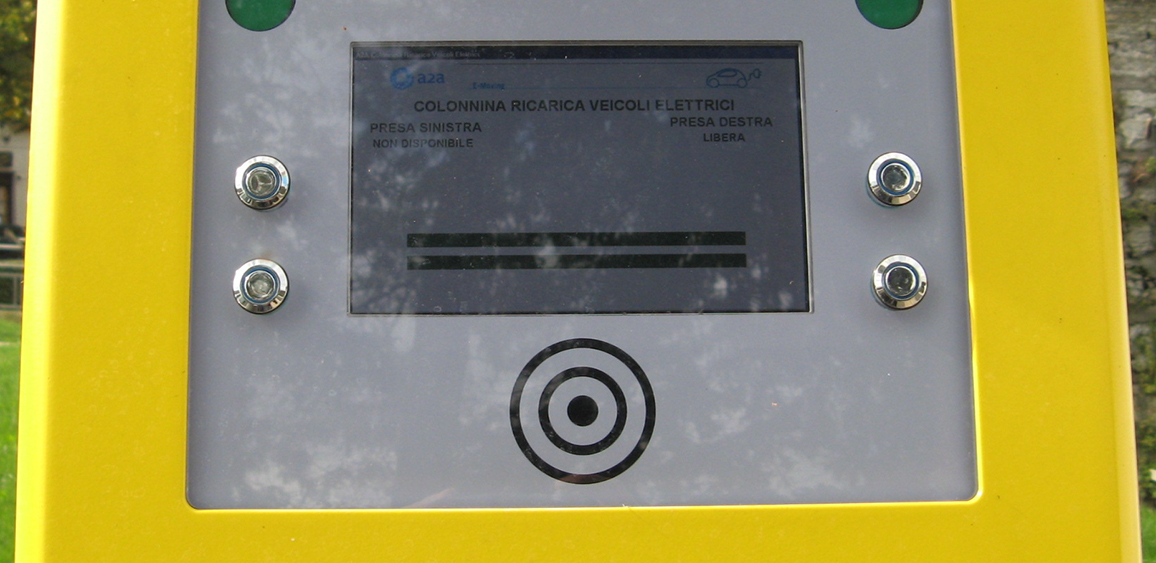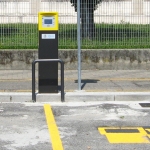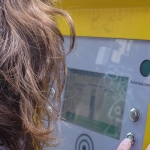A2A has started in 2010 a project, in agreement with the Municipalities of Milano and Brescia, for the experimentation of the recharging system for electric vehicles, which conclusion will be on the 31th of December, 2015.
The Project E-moving, developed by A2A in collaboration with Renault for the supply of a consistent fleet of electric vehicles, also included the activation of 50 public recharge infrastructures for public use, in areas opened to the circulation of private vehicles, and more than 70 infrastructure for private use supporting societes or privates that have the availability of electric vehicles and appropriate parking areas.
The project uses the business model named “exclusive Service Provider” because the realisation of the public infrastructure is done by a society (not necessarily distributor or seller of electric energy – in the specific case “A2A S.p.A.”) after and agreement of exclusive with the interested municipalities.
The project has been selected on the 20-07-2011 by the AEEGSI respecting the law code 242/10 to participate to a national experimentation, obtaining the right to economical incentives for the realisation of public infrastructure, and for the fares applicable on those points of distribution.
The E-moving project has obtained the highest score between all the projects participating to the competition.
The goals of the project:
- be present, as manager of the network of services, on the territories, to be the guide of an armonic development of the network of distribution of electric energy and to reduce the pollutant emissions;
- participate to the studies about the problems and opportunities related with the new service, collaborating actively wth the other subjects involved;
- put the experience and know-how derived from a system of sustainable mobility, with zero impact, in the urban areas, at the disposal of the Municipality;
- provide, at the end of the experimentation phase, the informations and results necessary to evaluate in the best way the next phases;
- test the several components of the operative model of electric mobility: technology and dislocation of the recharge infrastructure, interation between the recharge network and the vehicles, supply of electric energy for the vehicles;
- collect eventual suggestions and observations made by the user that participate to the experimentation.
Italiano
